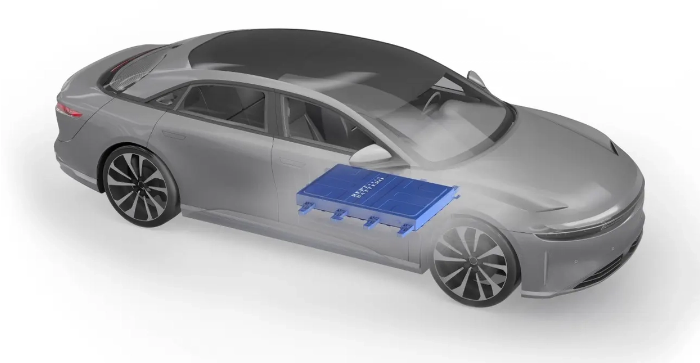As electric vehicles (EVs) gain traction in the automotive market, understanding how an EV battery works becomes increasingly important for consumers and enthusiasts alike. At the heart of every electric vehicle lies a sophisticated battery system that powers the vehicle and supports its various functions. This article explores the workings of EV batteries, the technology behind them, and their significance in the realm of vehicle battery solutions.
The Basics of EV Battery Technology
EV batteries primarily use lithium-ion technology, which has become the standard due to its high energy density and efficiency. These batteries consist of several components, including an anode, cathode, electrolyte, and separator. During operation, chemical reactions occur between the anode and cathode, allowing electrons to flow through the external circuit, which powers the vehicle.
When the battery is charged, lithium ions move from the cathode to the anode through the electrolyte. Conversely, when the battery discharges, the process reverses, and the ions move back to the cathode, releasing energy that powers the electric motor. This cycle of charging and discharging is fundamental to the functionality of EV battery solutions.
How Energy is Stored and Released
The ability of an EV battery to store and release energy efficiently is crucial for its performance. The energy capacity of a battery is measured in kilowatt-hours (kWh), which indicates how much energy the battery can store. For example, a typical EV battery may have a capacity ranging from 30 kWh to over 100 kWh, allowing for varying ranges depending on the vehicle model and driving conditions.
When an EV is in motion, the battery supplies power to the electric motor, enabling acceleration and maintaining speed. Advanced vehicle battery solutions also incorporate regenerative braking, a technology that allows the vehicle to recover energy during braking. This process converts kinetic energy back into stored energy in the battery, enhancing overall efficiency and extending the vehicle’s range.
Innovations and Advancements in EV Battery Solutions
The field of EV battery solutions is constantly evolving, driven by the need for improved performance, safety, and sustainability. Innovations such as solid-state batteries and advanced thermal management systems are making headlines in the industry. Solid-state batteries promise higher energy densities and faster charging times, while improved thermal management helps maintain optimal operating temperatures, enhancing battery longevity and performance.
Furthermore, manufacturers are focusing on increasing the sustainability of battery production and recycling. By developing methods for reusing and recycling battery materials, the industry aims to reduce environmental impact and create a more circular economy for vehicle battery solutions.
Understanding how an EV battery works is essential for consumers looking to embrace electric vehicles. The interplay of chemical reactions within the battery, coupled with ongoing innovations in technology, ensures that EV batteries will continue to evolve, driving the future of transportation.
Fast-Charging EV Battery Leader
Dedicated to electric vehicle battery innovation, REPT BATTERO offers PHEV and REEV solutions that balance performance with safety. Its battery systems extend electric range, reduce fuel consumption, and support fast charging, delivering reliable efficiency across all driving scenarios – from daily city commutes to long-distance journeys.


